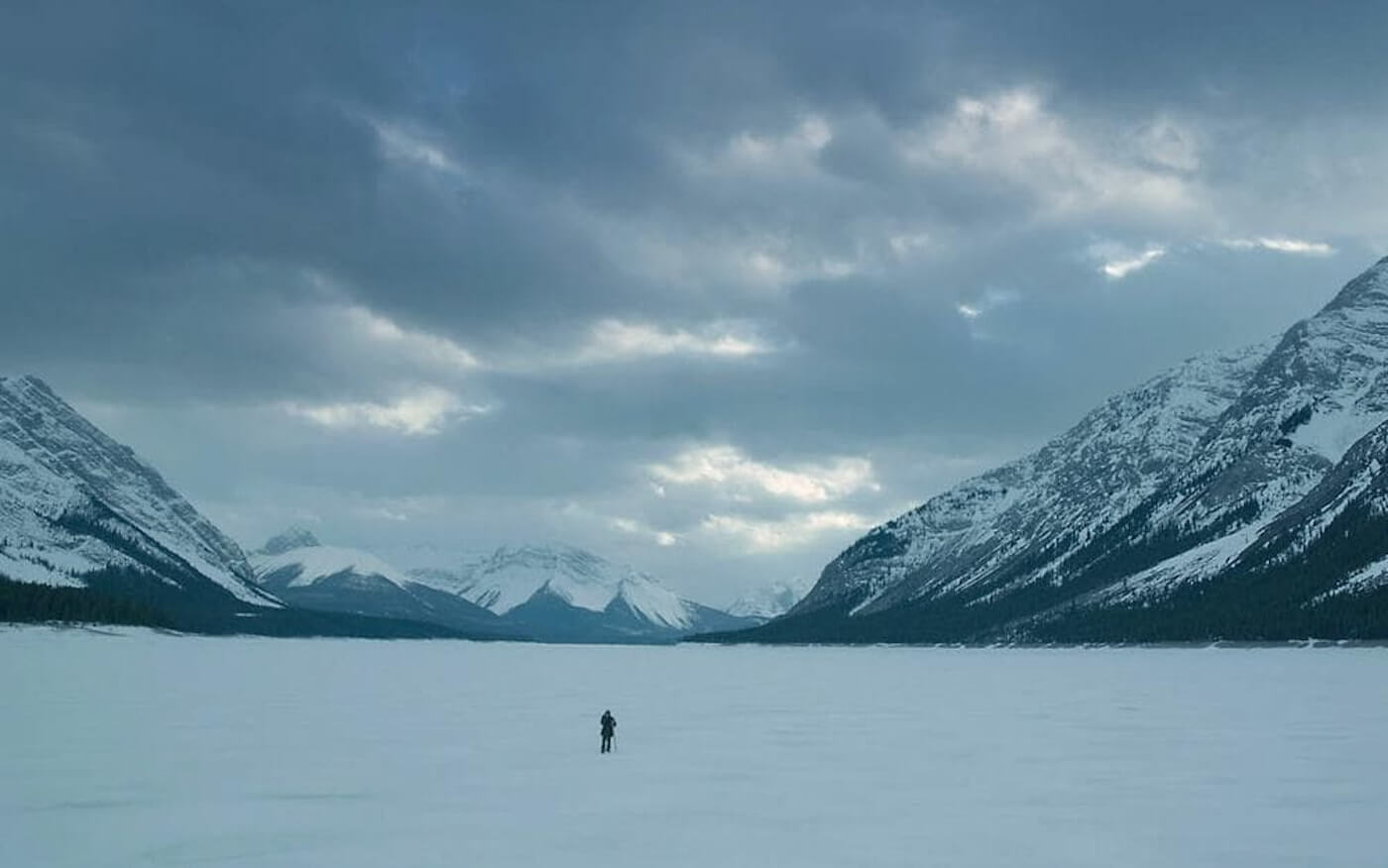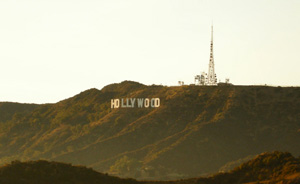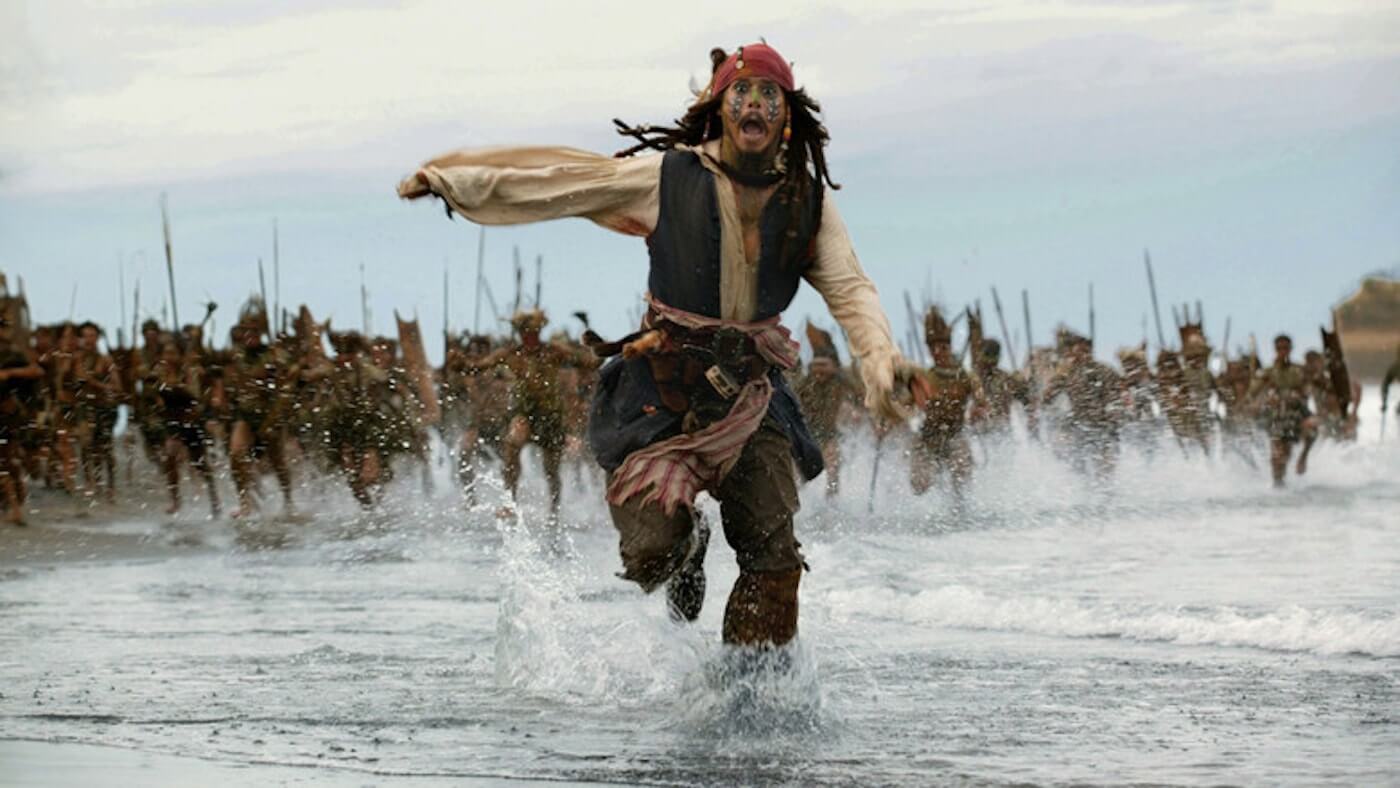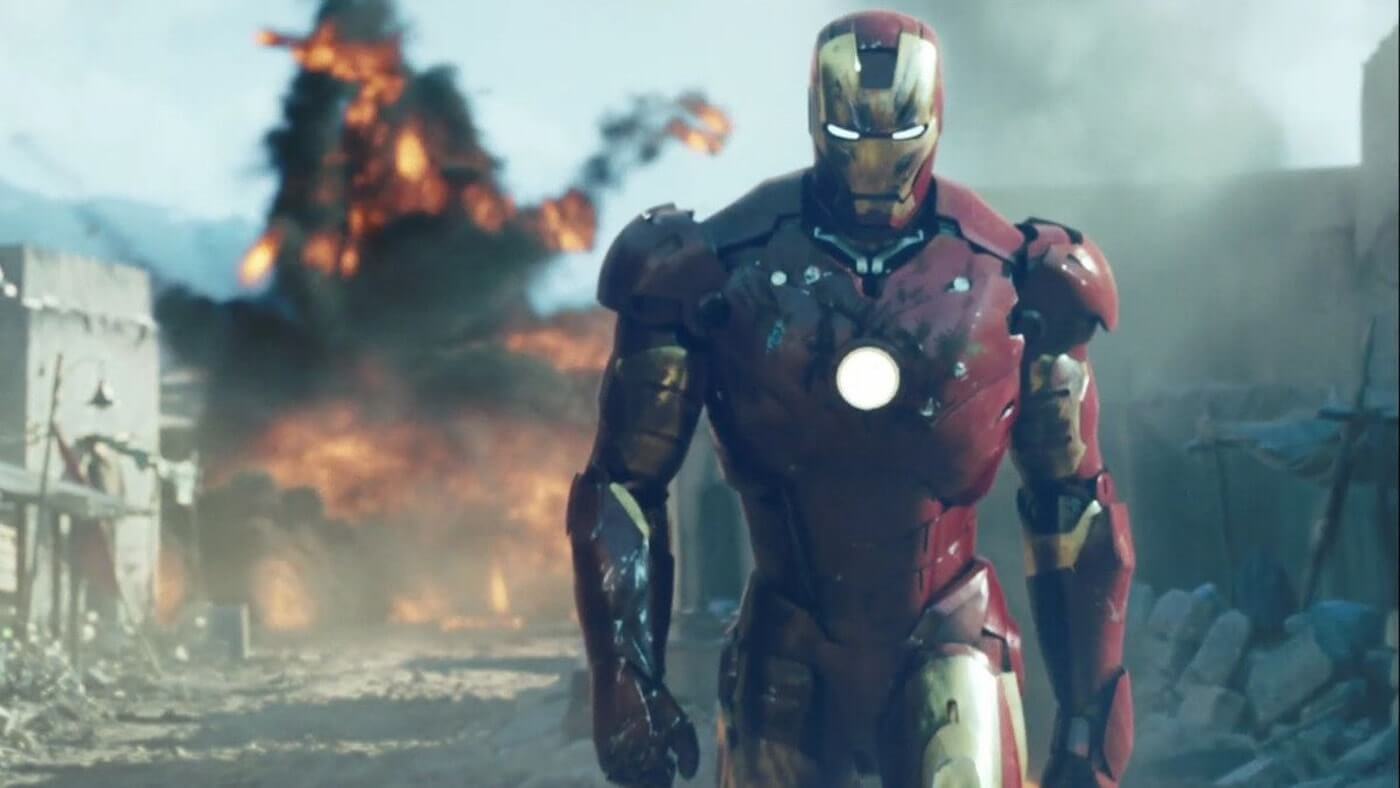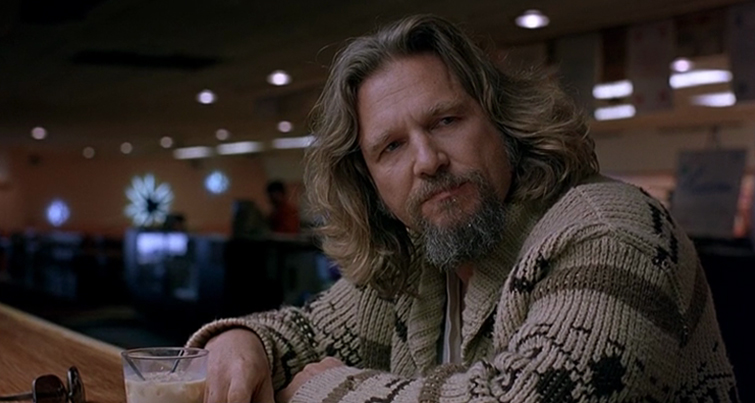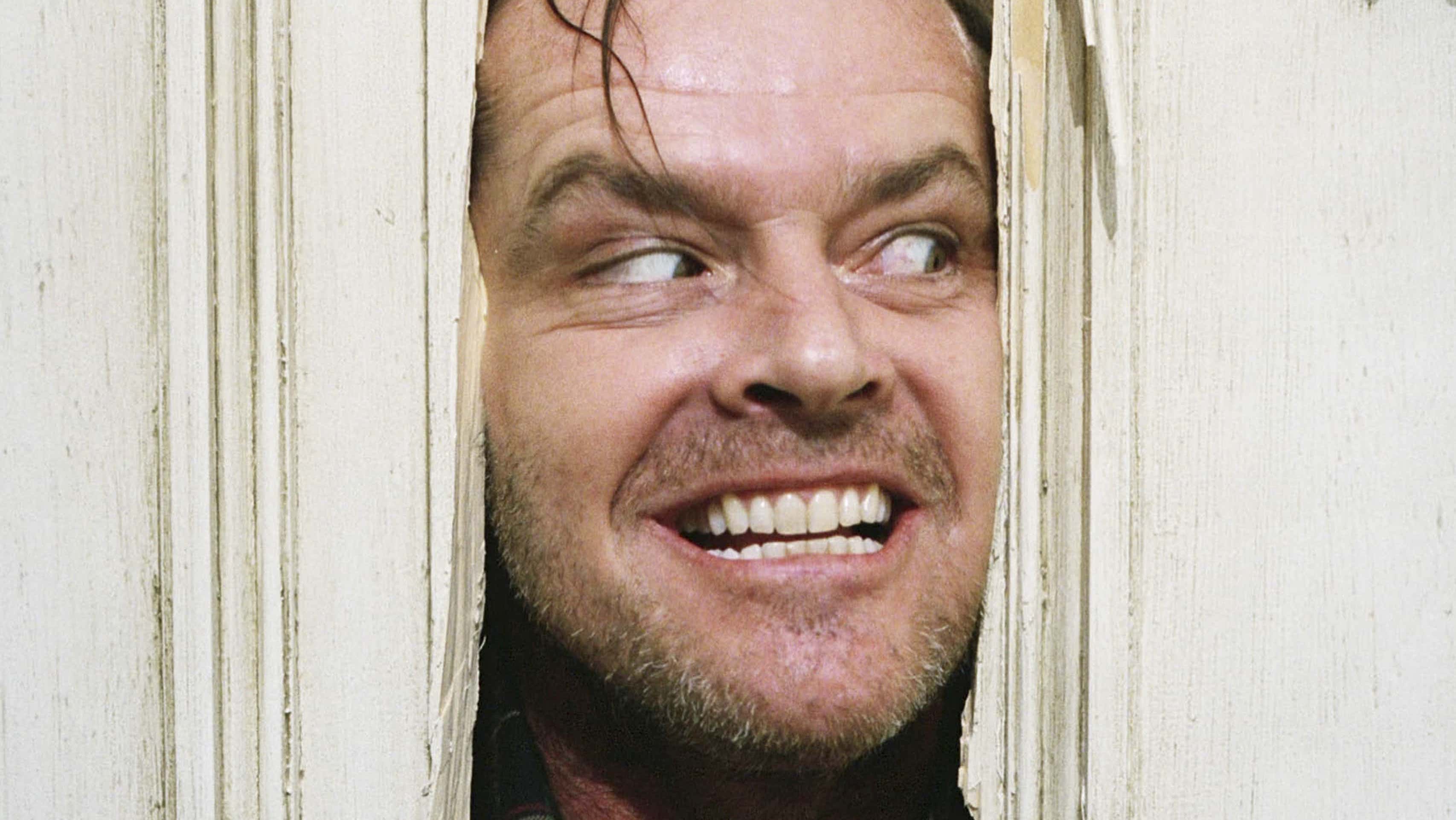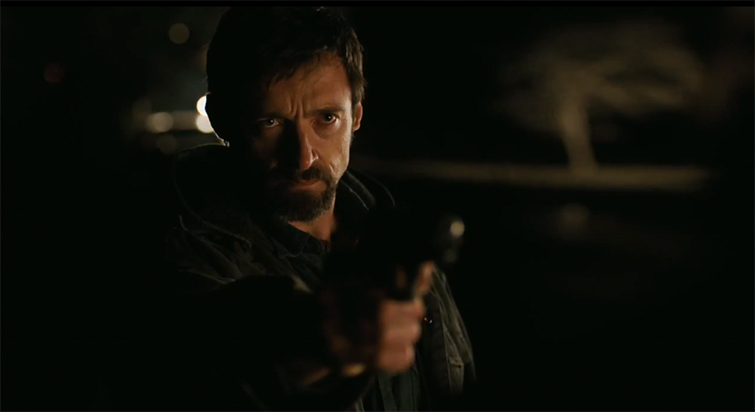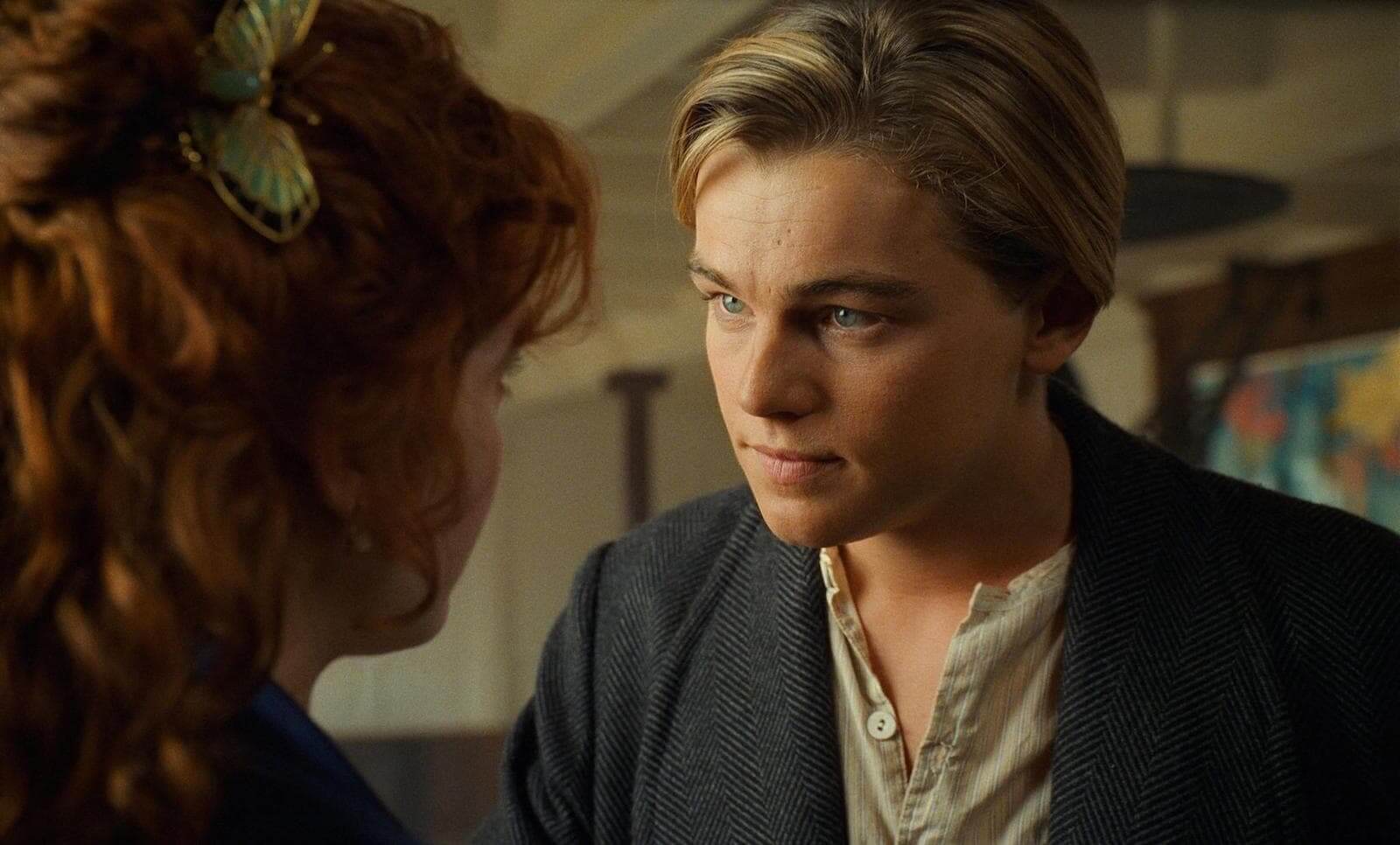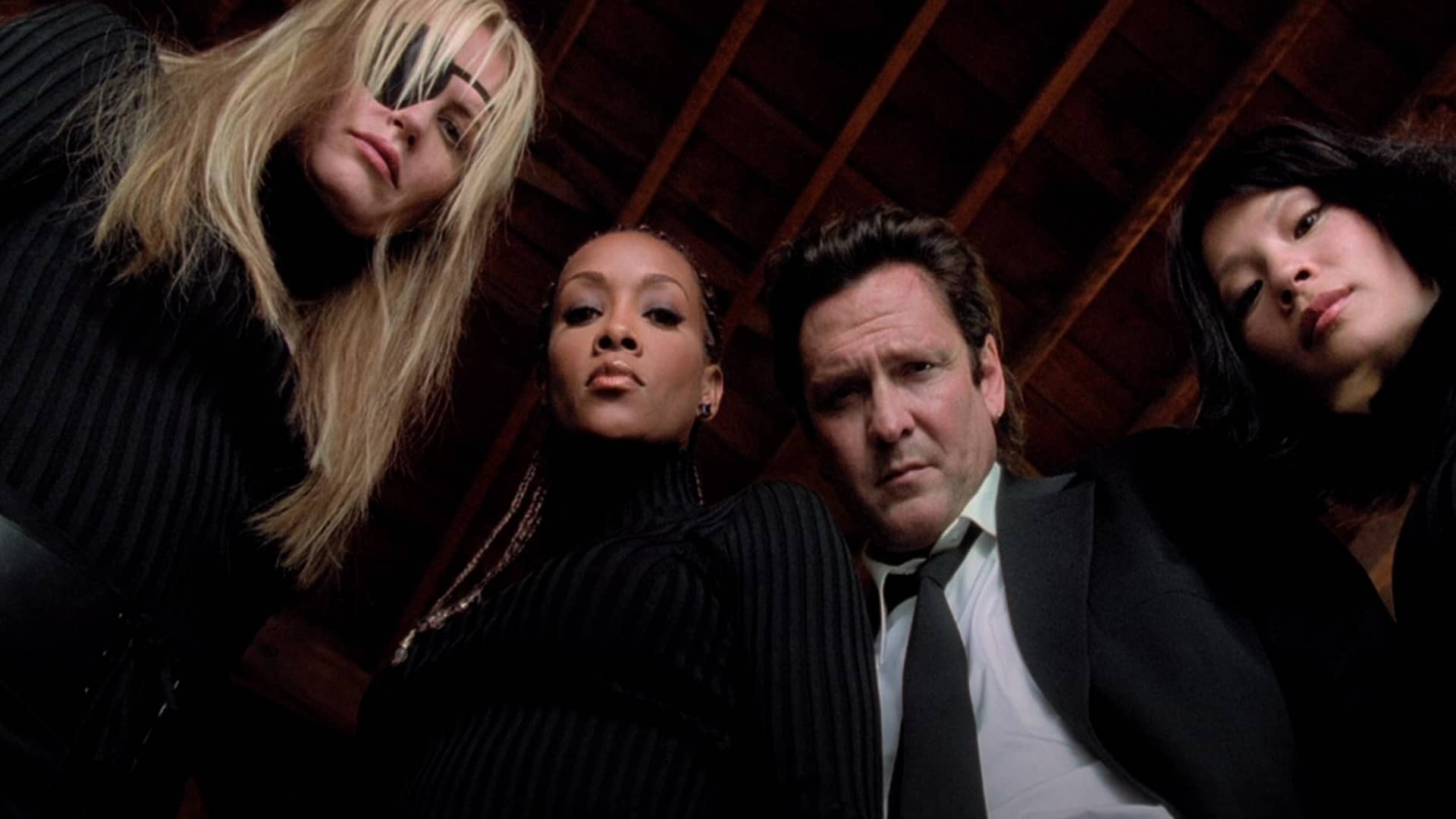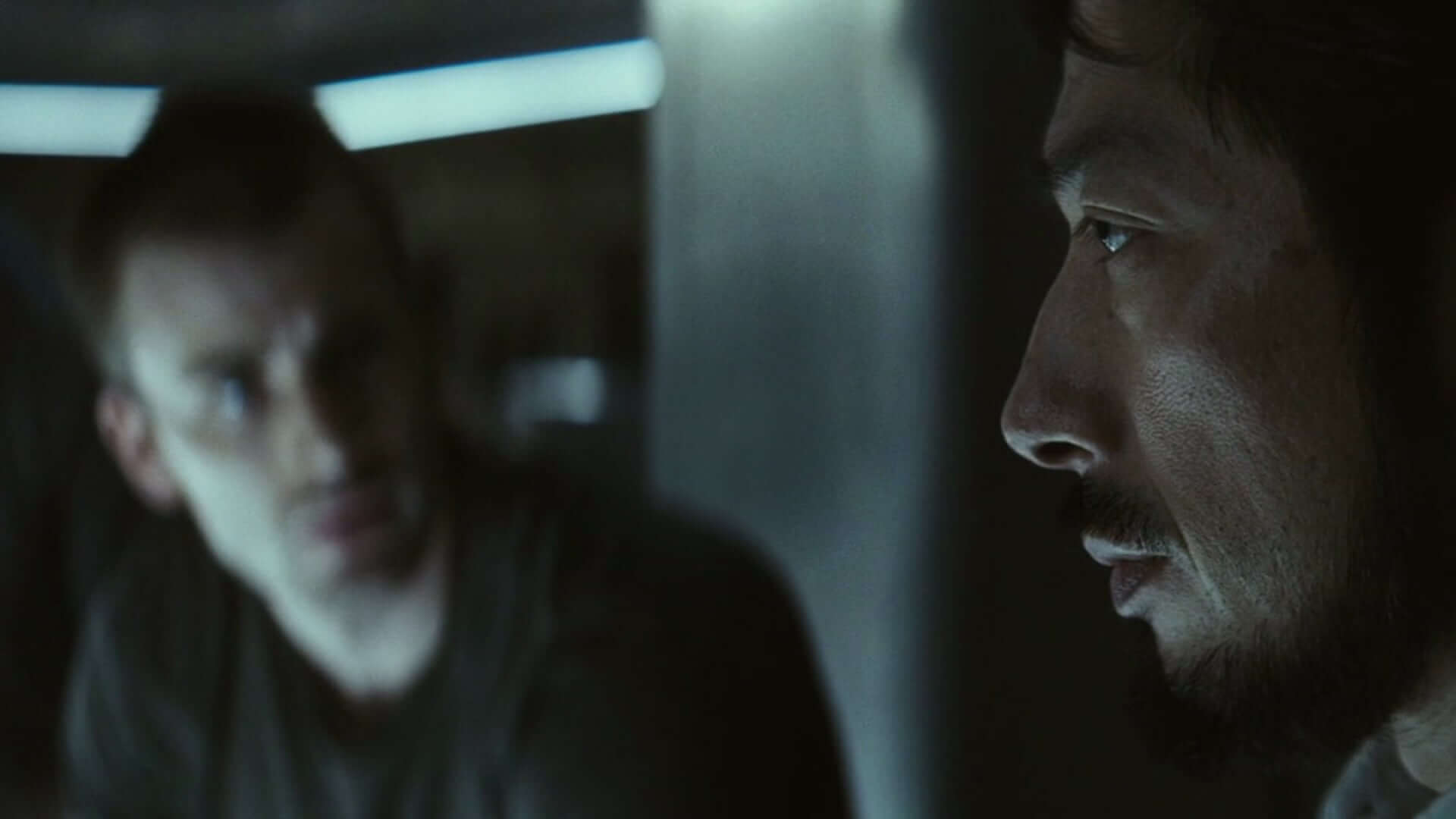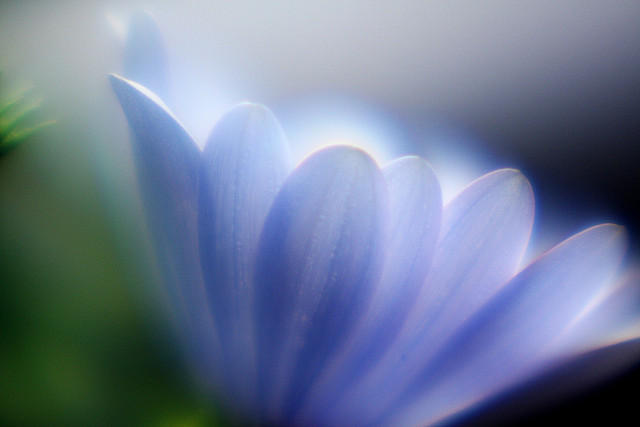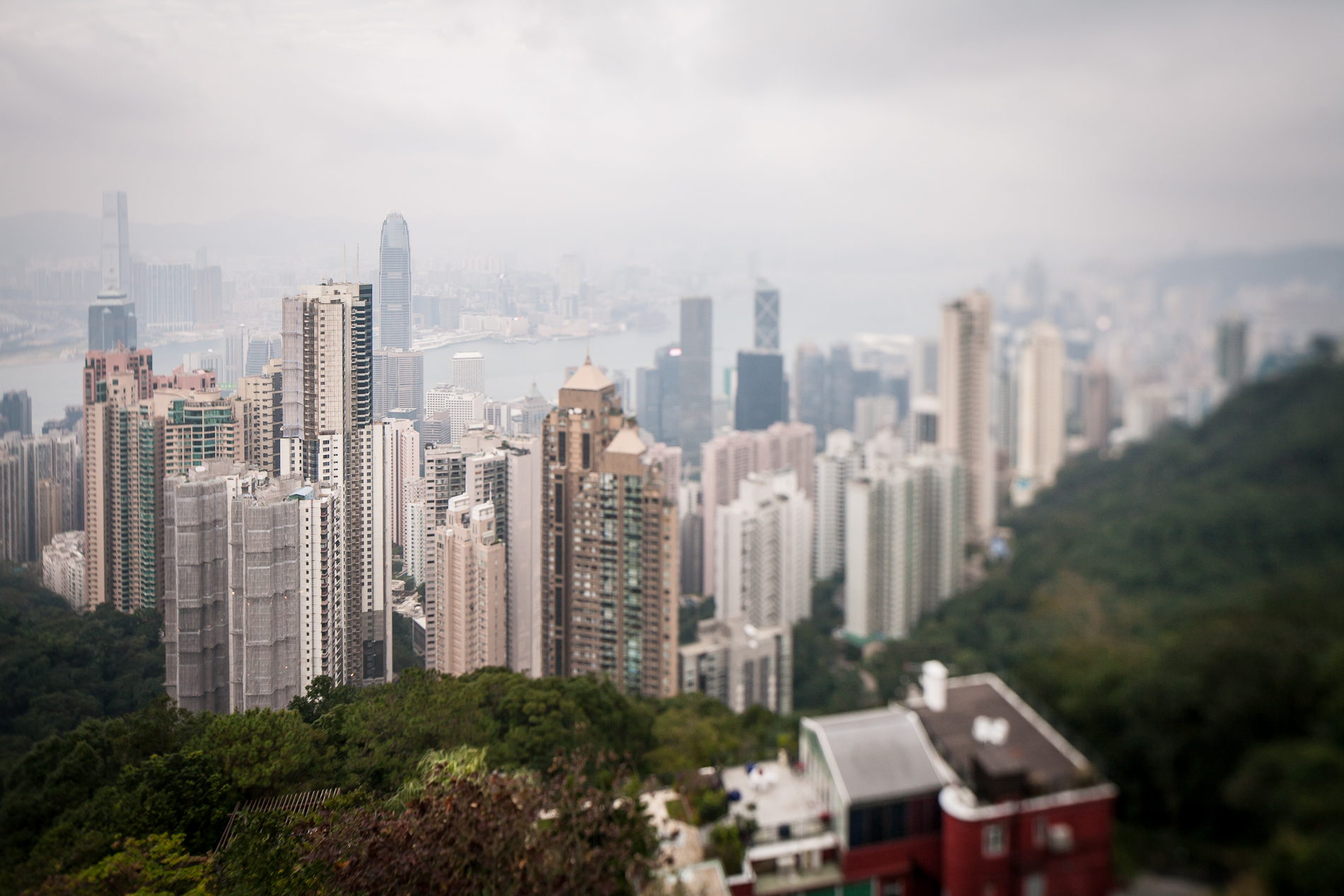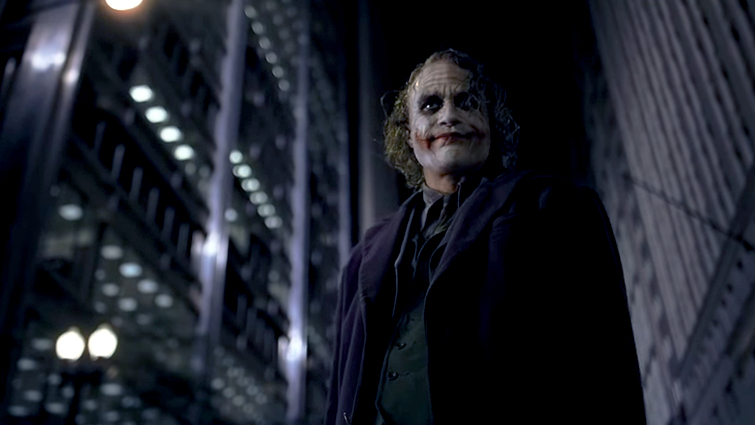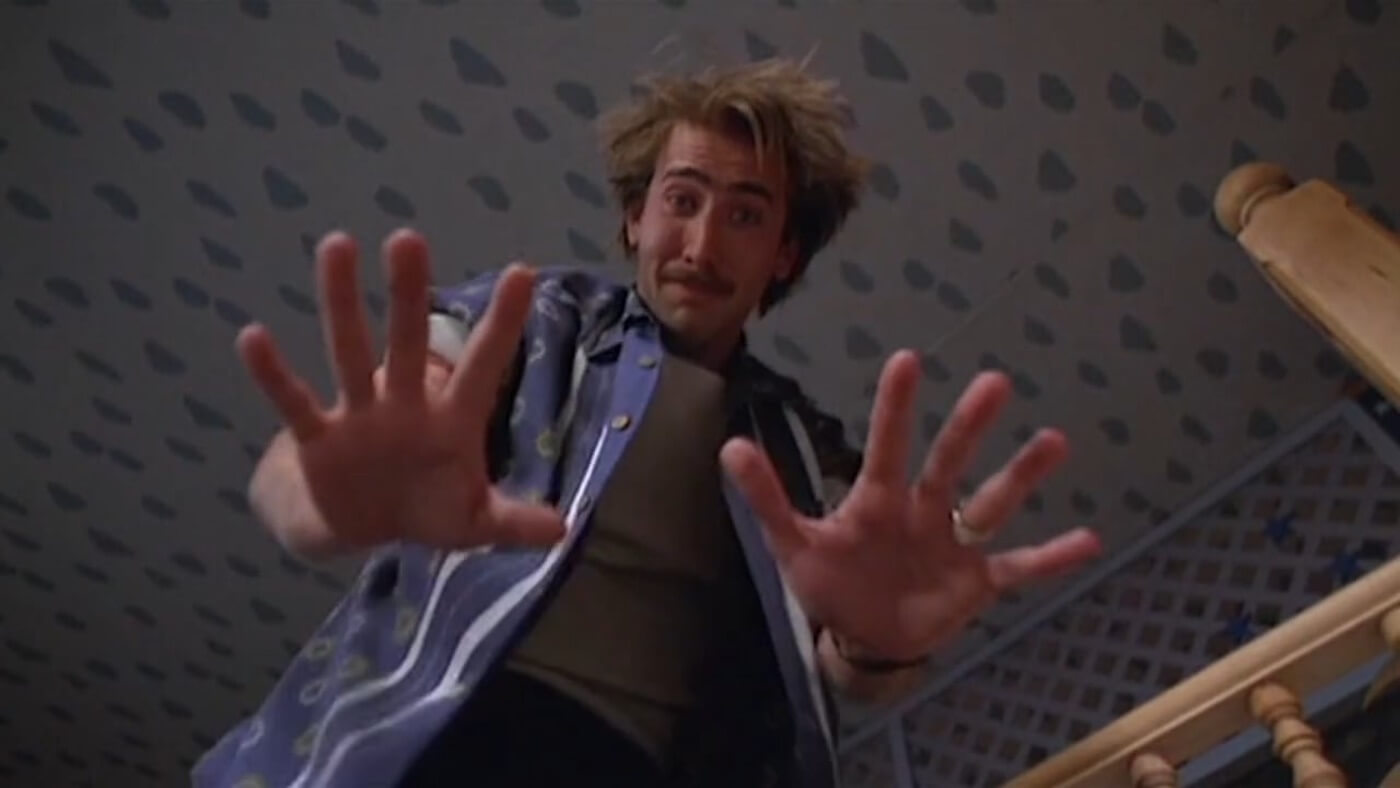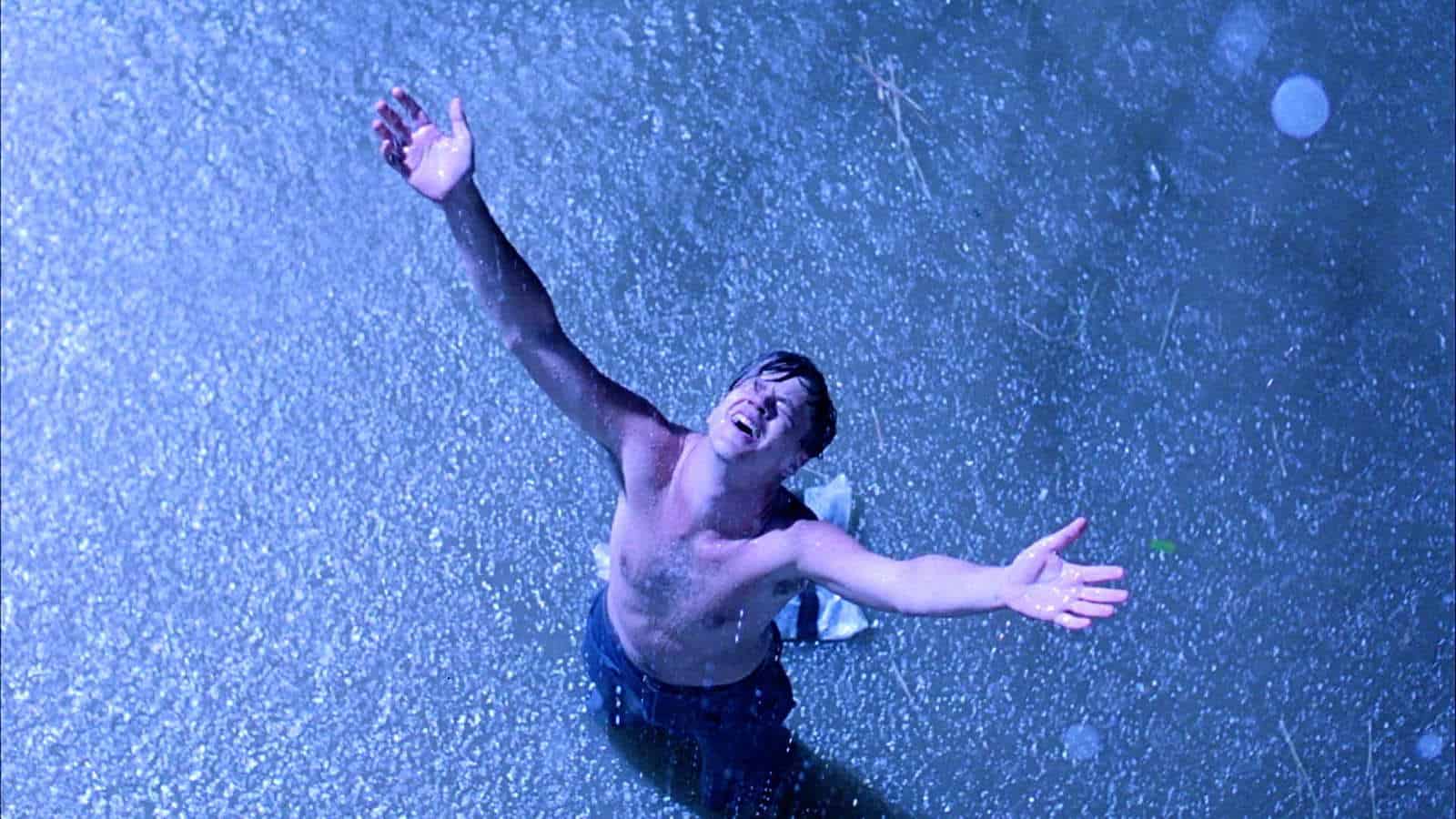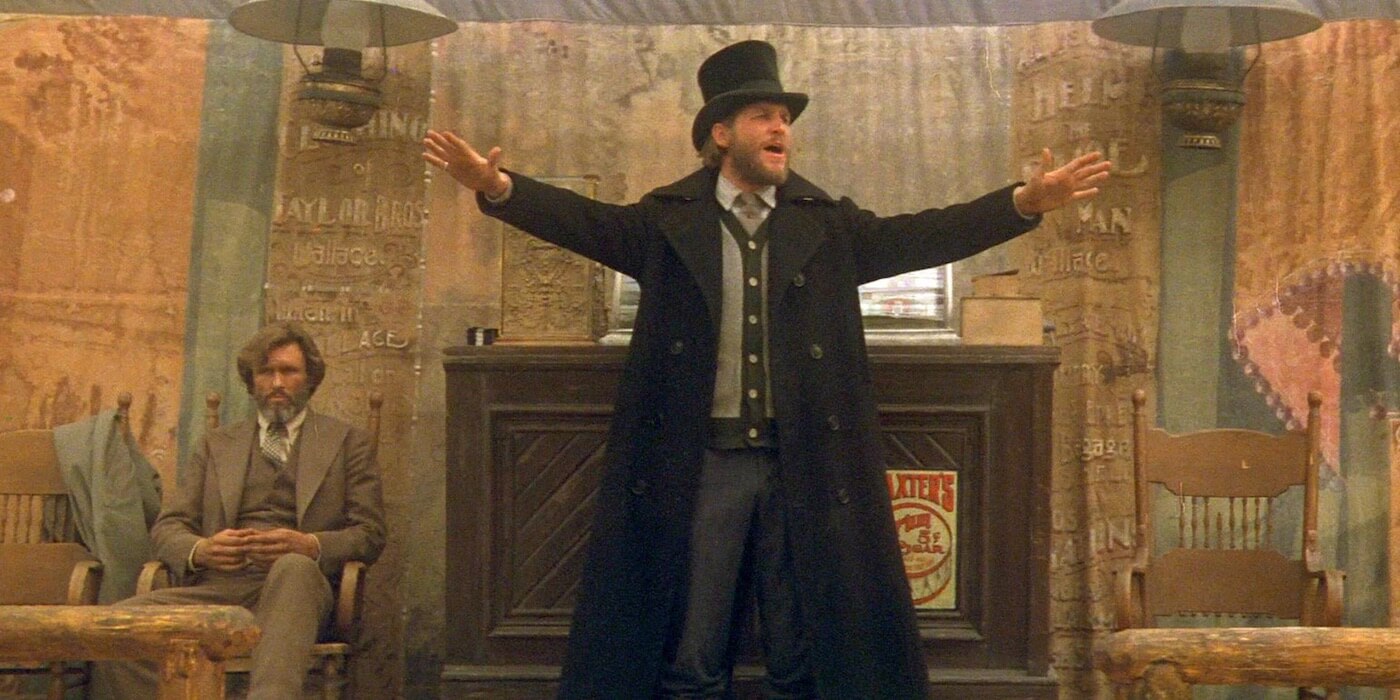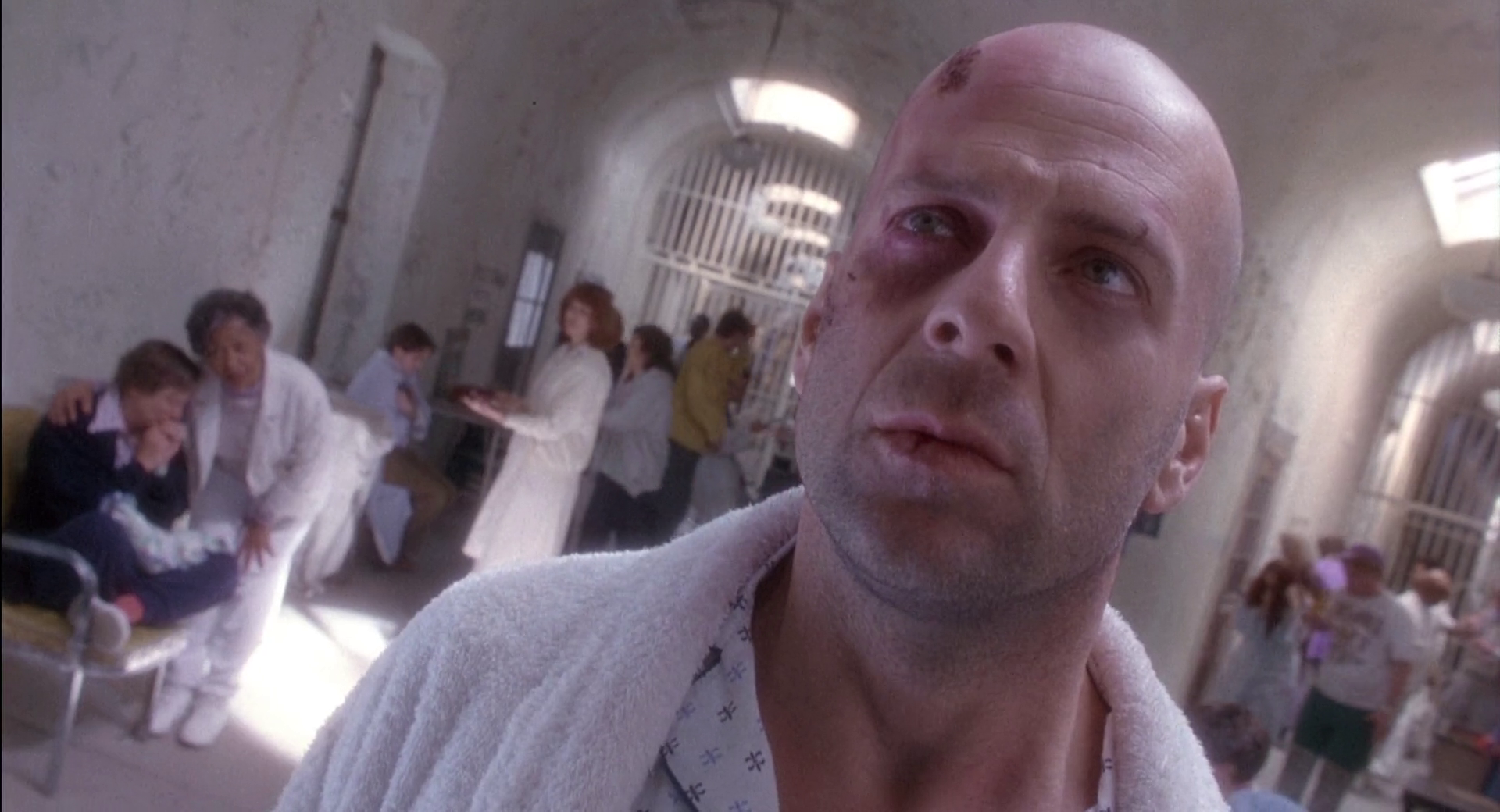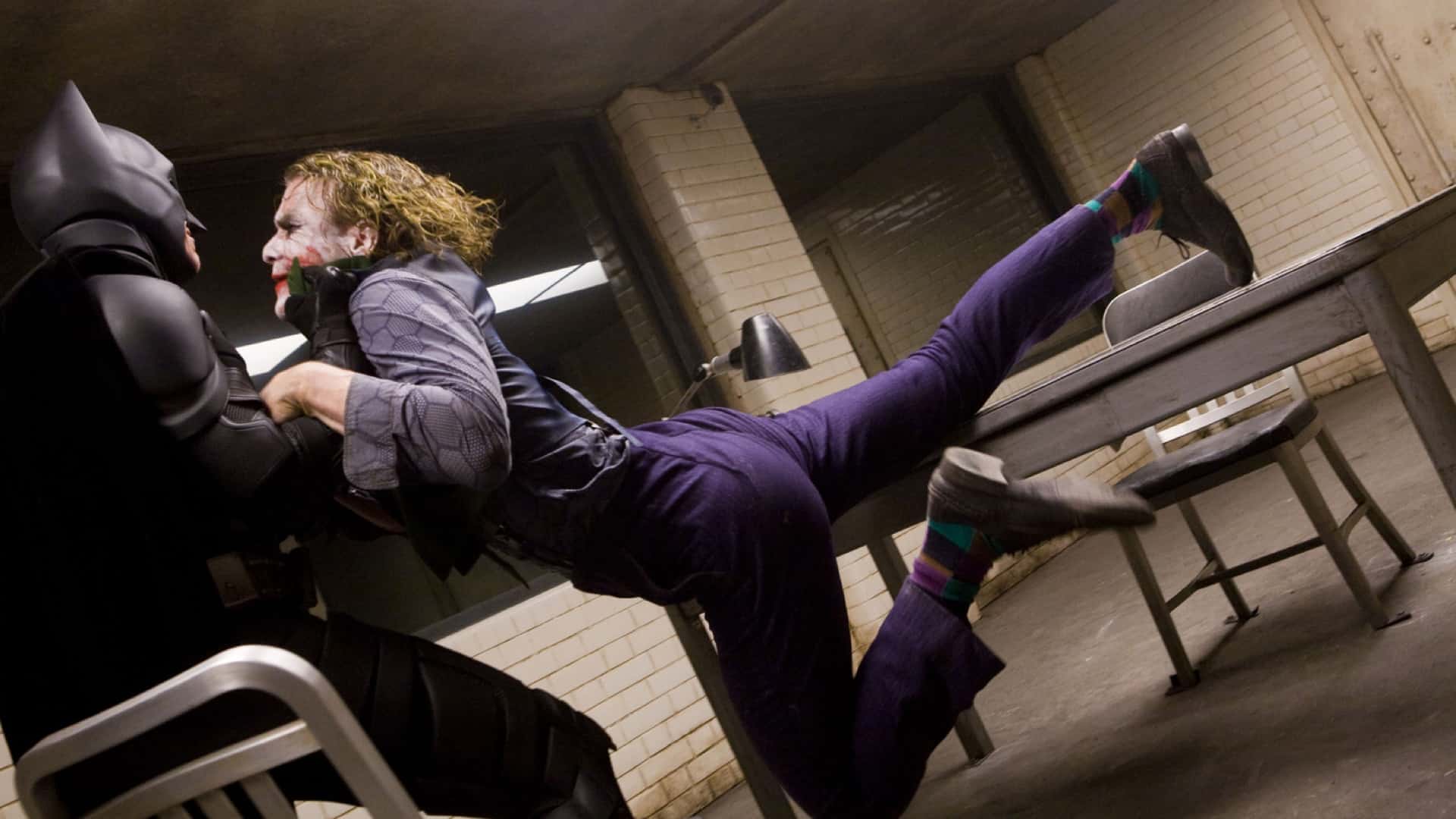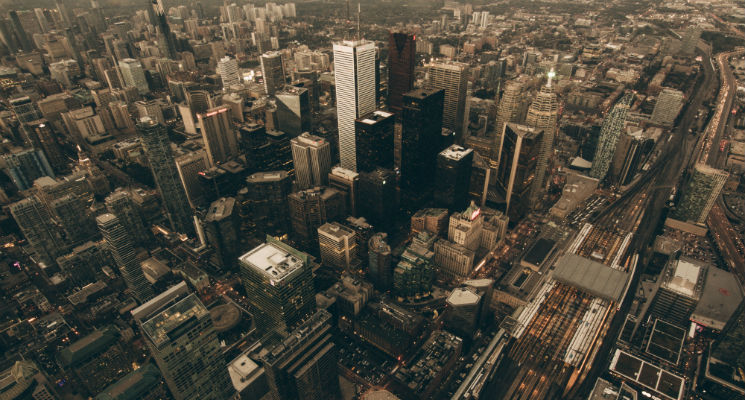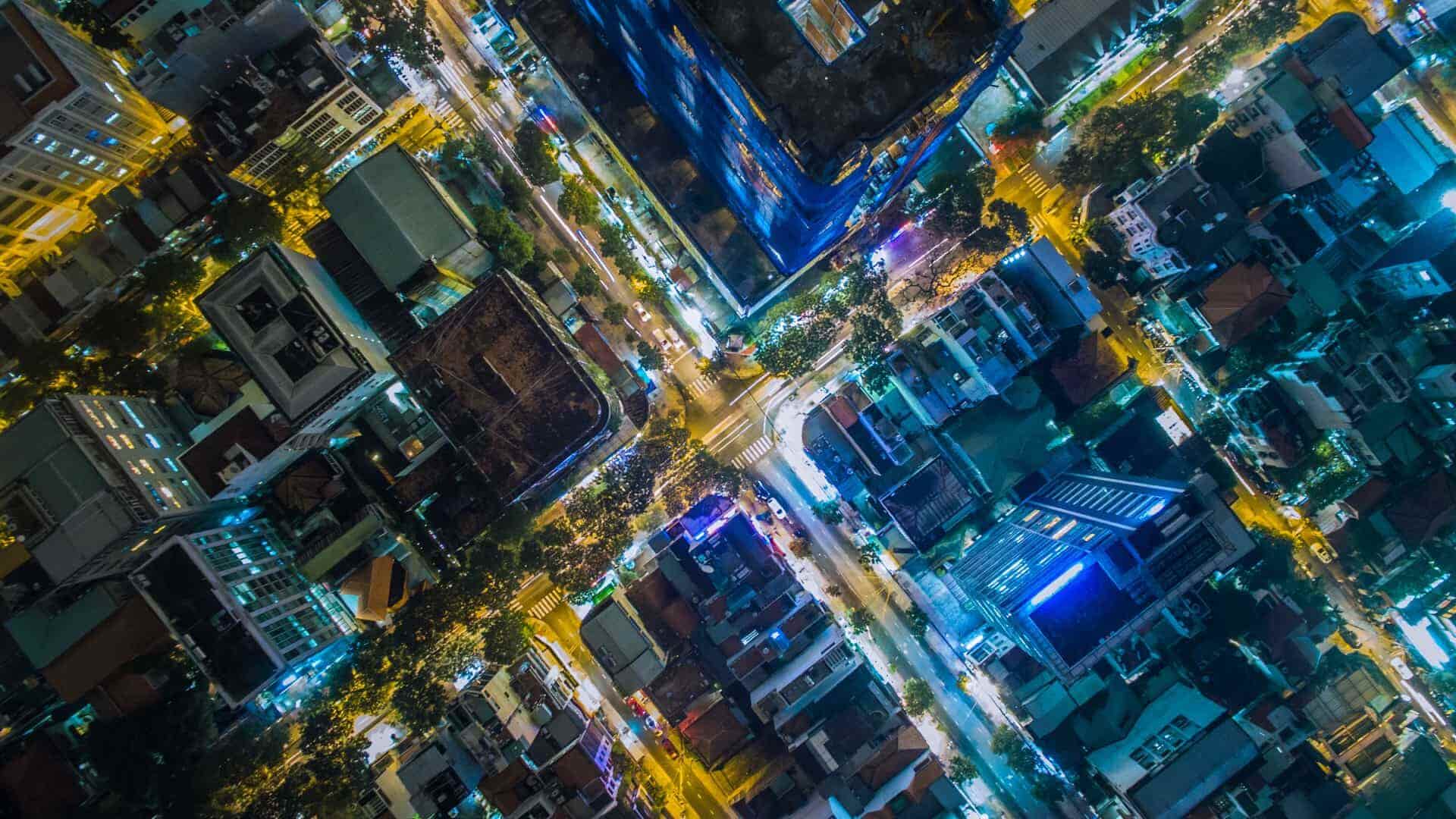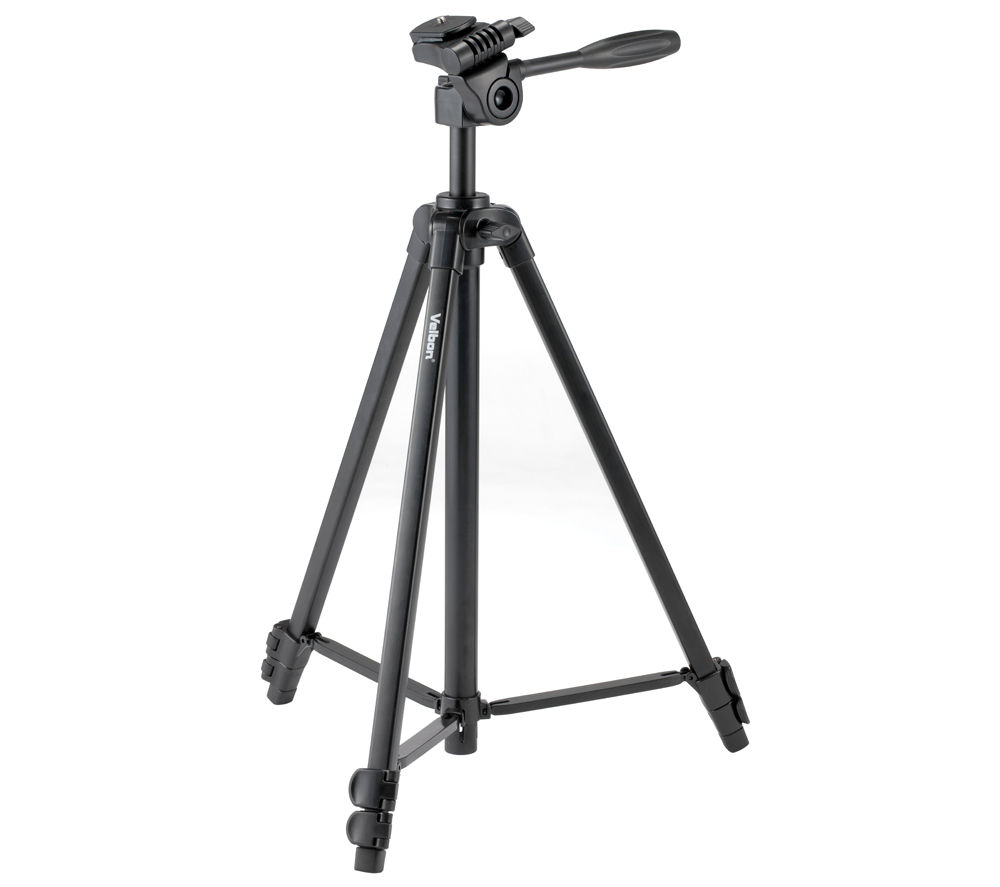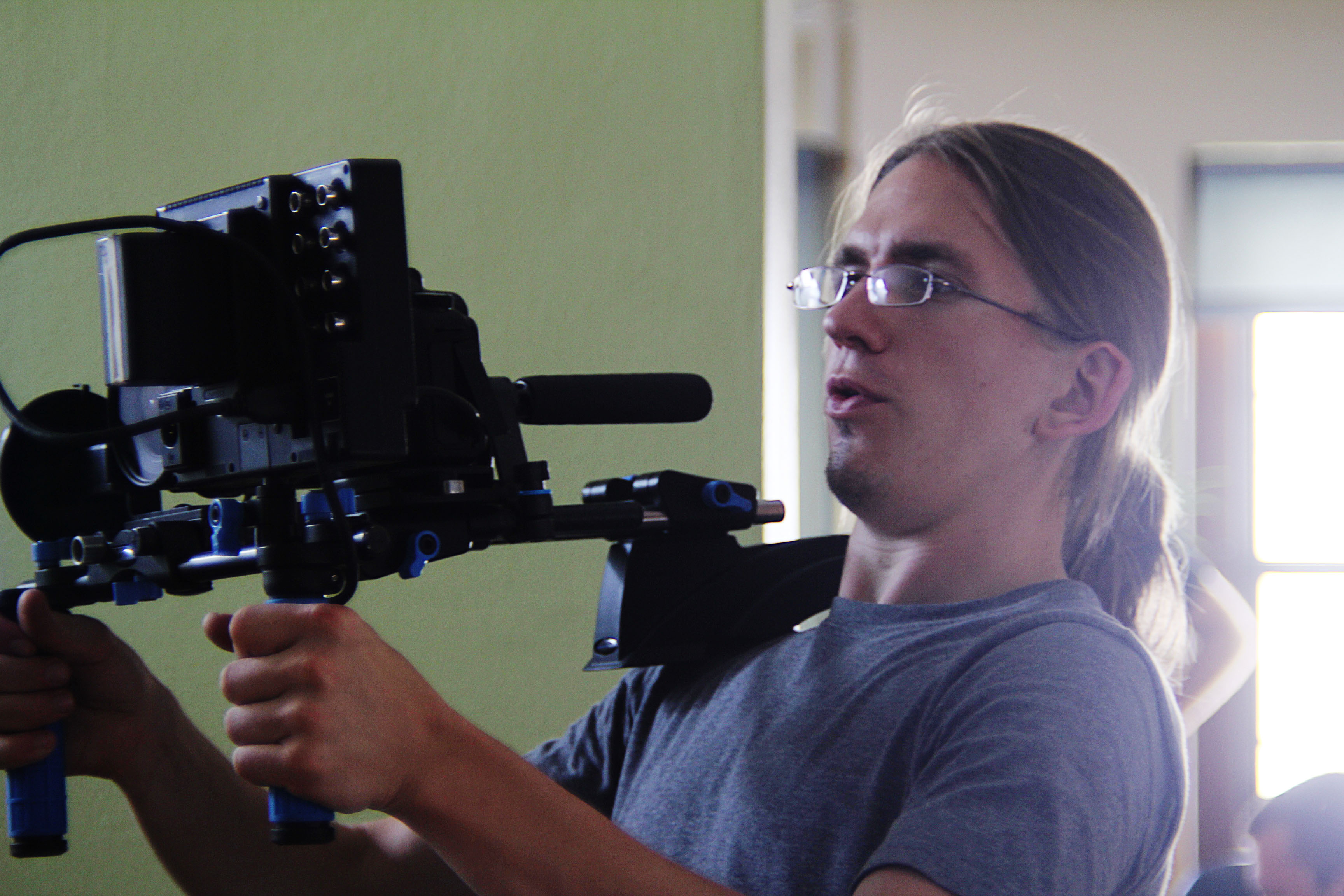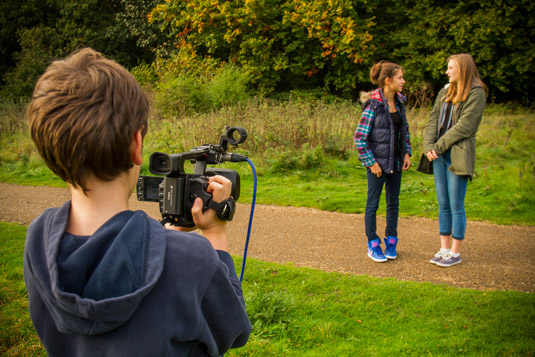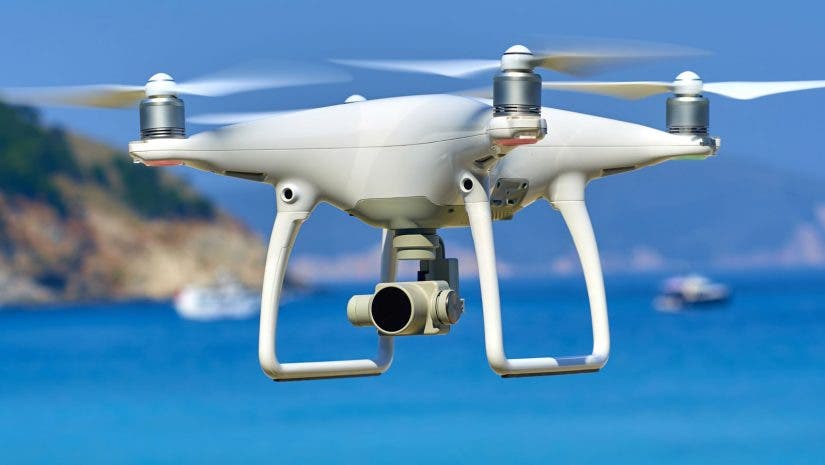In order to make sure that my shot list is well-developed and is up to a professional standard so that I won't have to worry about making up ideas on set, I decided to research into a number of different areas to do with frame sizes, types of cuts applied between shots, camera angles and much more. The other reason I wanted to go into detail for this task is so that I could see the bigger picture when combining different elements during production.
Shot Sizes
Shot sizes are basically about how much detail is shown in a frame. By detail, I mean the distance between the camera and the main subject which controls the amount of information the audience is limited/open to see and analyze. This could be to do with a person and how that person is correlated with the background so that it creates a particular effect for the audience. For example, if the main subject is a large crowd at a train station and the camera focuses on them with a long shot giving no clear focus to any individuals, the audience will be influenced to feel isolated and therefore, lonely. However, the subject(s) can always change.
Different shot sizes can convey different emotions, therefore it is important to choose them wisely not to make the audience misinterpret the message of the creator. Moreover, the continuity of the shots within a scene needs to have a good flow in order for the video to look natural and well-composed artistically.
Extreme Long Shot (ELS)
An extreme long shot is basically when the main subject(s) in the frame is isolated from his/her/their surroundings, to make him/her/them look smaller. In other words, this could be used to suggest isolation or powerlessness. The subject, in this case, doesn't have to be a person, it could be an object or a specific place at a location. ELS is also good for the effect to give a lot of detail to the audience about their area, which could be used to make assumptions of what effect the overall video or movie is likely to nave at the beginning. In my music video, if I will use an extreme long shot, it could well represent isolation and a hideaway from the rest of humanity.
Long Shot (LS)/ Wide Shot (WS)
A long shot is the same as the one before, except it offers to give much more detail about our character(s) as w get to inspect him/her/them much closer. At this stage, the main subject(s) is/are not filling the frame, and therefore, there is a lot of space at the bottom and at the top of the screen. Overall, the use of this shot is to keep the focus point in plain view, but still, have some degree of isolation for effect. This helps the audience to depict emotions better as it's clearer to see actions taking place.
Long shots can often emphasize the danger, like in the examples below. In each of these scenes, the long shots have been applied directly before a fight or a conflict begins, and as the scene progresses to a final conclusion, or a denouement if it's the final scene within a music video or a movie, the shots applied will change similar to the character(s)'s emotions.
Full Shot (FS)
A full shot fills the main character(s)/subject directly from top to bottom. It allows much more detail to fit into the screen. It helps a lot to capture the basic appearance of a character, and potentially reflect on certain details such as clothing. This shot can also be used quite effectively to give different characters equal amounts of power, as they can both appear to be roughly the same height and therefore, make the viewer think they are standing on the equal grounds in relation to the level of power they have over the situation. Although some shots may be single (more detail below) meaning that only one character is within the frame, it could very well signify the beginning of a fight scene as the camera is letting us explicitly identify character changes. The backgrounds for these shots can be well-composed if the selection of colours is consistently used to give the main subject(s) enough focus.
For example, in the middle picture, the background has been obviously filtered to look much lighter than the colour of the iron suit, so it will be easier for the audience to focus on minor details such as the posture of the character(s).
Medium Long Shot (MLS)/ Medium Wide Shot (MWS)
A medium-long, also known as a medium-wide shot stands very close to a cowboy shot (see below). Although the purpose of it is obviously to go into even more detail than a general long shot as the frame positions the main character(s) directly from the knee up to his/her/their head(s). This shot is the midpoint of a long shot and a medium shot. The only purpose of this effect is to expose the character in more detail.
Cowboy Shot
Same as the one above, with a minor change that the camera is framing from mid-thighs up till the head, instead of the knees. The reason this shot is called a 'cowboy-shot' is that it's often used in Western movies to focus more directly on the gunslinger's pistol/belt rather than the posture of the character.
Medium Shot (MS)
When a medium shot is applied which is from the waist up till the head, it will be obvious that the director wants to express its subject(s) in more detail for the audience to see. Although it's likely for the surroundings to stay in focus, the purpose of this shot is to separate the subject(s) from its/their surroundings(s).
Medium Close Up (MCU)
This shot frames the character(s) from his/her/their chest up. It helps to make the audience fill a lot more involved in the scene, especially if it's applied with an OTS shot to make the viewer think that they are part of the scene. However, it still keeps the audience quite a distance from the audience, therefore, it may not be the most appropriate shot if the creator of a movie or a video would like to personally communicate a message.
Close Up (CU)
A close-up is often portraiture of a character used in order to express emotions. This shot is much better for that purpose rather than the ones mentioned before as it will be easier for the audience to have a part of the screen to focus on. This shot can also be used when revealing a character's face to enhance the effect of deliberately shocking or surprising the audience. This doesn't have to be a face reveal of a character, although it could be used to have a greater effect in most cases. Finally, this shot can often be applied in horror movies during jump scares. In other words, when an object or character jumps into the frame to scare the audience, it can make the audience himself/herself feel like they are in the scene.
Extreme Close Up (ECU)
An extreme close up is the closest point from which an object/subject can be shown inside a frame. It shows great detail to the audience to analyze. This could be a change in eye colour, stitches being fixed up, etc.
Camera Framing/Composition
Camera framing is basically how an image is composed. This could be to do with the number of subjects within a frame and how they are arranged to create a specific effect. This could also mean that instead of focusing the camera at the subject, the subject alone could be placed to different parts within the frame to have a greater effect.
Major considerations for film and video makers when it comes to composing an image and therefore, a thought that comes with it to make the audience feel in some way include the number of subjects to be included in the shot. This, therefore, leads to how those characters should be placed near each other so a reasonable effect is composed that matches the atmosphere of the situation.
Single Shot
A single shot basically means that the frame includes one subject. This could be one person or a specific object.
Two Shot
A two shot is the same concept, except there are two subjects in the frame. One of the characters may get more exposition and detail to focus on, which could foreshadow to the audience that he/she is more relevant to focus on.
Three Shot
A three shot is obviously a shot which captures 3 different subjects at once. This could be used to make the scene feel less isolated etc. Movies like the Harry Potter sequel often does this to give equal characteristics to all their subjects. In my opinion, this splits the power between the characters and makes the audience feel that the actors are a team.
Over-The-Shoulder (OTS) Shot
An over the shoulder shot is one where we get to see the main subject of a shot, from behind another subject that is usually a person. In my opinion, this helps to give the shot a good view, making the audience feel like they are part of the scene, replacing their perspectives with the characters on screen. This is good for general conversations and if an object is revealed from behind a person to make it more effective.
Point-Of-View (POV) Shot
A POV shot shows the audience exactly what the character onstage is seeing. This basically means that the creator of a video is trying to transfer the audience's perspective into the character's eyes. We could say that this is a more extreme version of an over-the-shoulder shot as it could be very involving if executed well, although otherwise, it could make the footage for a video inappropriate for the instance and unnecessarily over-edited. In certain movies, this type of shot is used in order to make a scene more adrenaline-fueled and involving to the viewer.
Camera Movement
Static/Fixed Shot
This is probably the simplest camera movement of all, as well as one of the most compelling ones in case it's used well. There are no pans, dollies, trucks or tilts used. There's only one picture-like frame used within a shot where the subject is likely to move, although the camera stays exactly where it is.
Zoom Shot
A zoom shot is technically not a camera movement as the camera doesn't actually move, only the lens. The focal lengths of the lens are altered in order to give the illusion of moving closer to the main subject of a shot. The effect which a zoom creates could be different from what it looks like.
Pan Shot
A quick turn from one side to another, generally when a character sees something and the director focuses on the new subject/character. a fast pan can be used to suggest a lot of energy within a scene, whereas a slow pan gives enough time to analyse the background and take in all the details that are seen.
Tilt Shot
During this shot, the camera stays at the same position, and rotates vertically up or down, often implying the perspective of a character, as well as redirecting the audiences' attention of a new subject on the screen.
Swish Pan/Whip Pan/Swish Tilt Shot
A swish pan, similar to a fast pan is a horizontal rotation that is done so fast it creates a transition between two separate shots since the picture becomes blurred enough to be able to make a cut. A swish tilt shot is what usually implies that the camera movement will be used to separate and then combine two distinct shots to suggest that they are occurring at the same time (either at the same or different locations), but also it could refer to a scene after another.
The camera moves either backward, forwards or alongside the main subject while it's being recorded. The camera is mounted on a camera dolly which is then placed on some rails.
Crab Shot/Arc Shot
Dollying usually means in and out movements whereas a crab shot moves by the side of the main subject at a constant distance.
Camera Mechanisms
Camera mechanisms have to do with the equipment that is applied for shooting a shot/scene. Different movements for a shot within a scene will require equipment that is the most convenient and effective making that part of a movie/music video. For example, if a music video has a big budget but a short deadline, multiple cameras could be set up on sticks and tripods to make standard cuts instead of using a single camera to move around within a scene (with no cuts), making the shots' looks dodgy, having to retake the scene several times which would obviously consume much more time.
Sticks/Tripod
This mechanism is the simplest methods of operating a camera. It is also much cheaper than more advanced tools and is most commonly used by beginners for static shots. It could also be used for moving the camera during a shot, although the movement alone wouldn't be as smooth as preferred, however, it could be used for effect.
Slider Shot
A slider moves the camera along an x-axis or vertical axis creating a sweeping camera movement. Sliders can also be used for the dolly zoom effect. The camera would have to move forward whereas the camera operator would have to zoom out with the camera lens during the movement. Tripod heads are often used to manipulate the look of the shot as if a jib would be applied.
Handheld Shot
These shots are filmed by the camera operator while holding the camera. They are purposely not stabilized in order to add a shaky effect to the footage, which could help to make certain scenes appear more realistic. The use of this shot often depends on the purpose or situation of a scene. Finally, it could also be used to make the audience feel more involved and imitate a natural look when someone is in stress or hurry etc.
Steadicam Shot
A Steadicam is a stabilizing device which helps to attach a camera to the operator and create a smooth look. The device uses a counterbalancing system stable movements.
Gimbal Shot
A Gimbal is very similar to the Steadicam, although it's also handheld and is not attached to the camera operator allowing the camera to move through tight spaces. Also, it is more compact (with less moving parts), using motorized gyroscopes to reduce friction. These gyroscopes are moving wheels on an axle.
Crane Shot
This shot is achieved by using a robotic crane connected to a mechanical arm operated by a camera man with the camera moving up and over a scene usually at the beginning or end of a film. It makes the filming process much more mobile as a crane is easily transferable from place to place within a scene while achieving a smooth look.
Jib Shot
Similarly to crane shots, a jib shot is also a crane devices although it's much more compact and cheaper, as well as it creates an equally smooth-looking effect.However, it has a limited movement range which might not be useful when trying to shoot a scene with a lot of versatility. It utilizes counter-wights to help balance the stability of the mechanical device.
Drone Shot
Cameras are often attached to a drone to achieve an aerial look, although drones are much cheaper to use than helicopters with more flexibility to how conveniently they can move in tighter spaces. Drones are often applied to low-budget movies in order to achieve a cinematic look.
Wire Shot
The camera moves on a wire for a shot to create a constant smooth look. Wires are able to get much closer to action than helicopters. However, wires are more often used for recording at concerts and sporting events. Cut wire shots are manufactured from high quality wire which could be made of carbon steel, stainless steel, aluminium, zinc.
Types of Cuts
A cut in a video is basically how one scene transitions into the next one. These cuts are not always visible for the audience to see, but they are very important for effect and to make sure a scene has a good flow. Furthermore, they could have a significant influence on how the audience feels if the right kind of cut is applied. For example, if a standard cut is applied during an action scene, it is likely to make the outcome look very under-developed, as well as unprofessional because it won't be able to make the atmosphere come to life. Therefore, these cuts will also help to create the same effect which the editor wants to achieve and deliver. This could require a lot of thinking and common sense to be able to compose an ideal picture of the scene, and then actually film that picture. The types of cuts that are used in videos include:
This type of cut doesn't really involve any special type of editing. It just involves putting together the end of one clip and the beginning of another. This change can sometimes be very sudden and the audience might not even realize that it took place, but it's efficient for making a scene have a flow, and is often used for most instances as they almost always work for a scene.
Cutting on Action
During this cut, the main subject or character is still in action. This could mean someone running on screen and suddenly the frame switches from looking at him with a medium shot to a close-up in order to focus on the struggle of the character. In action movies, a lot of these cuts are used to make certain movements be seen from a better/more visible perspective in order to look reasonable to the audience. In other words, cinematic.
Cut Away
Here, we transition from an insert shot to looking at something completely different, usually, somewhere that is within the same atmosphere but could be at a completely distant place suggesting a memory or flashback. Then cut back to the original/insert cut.
Montage
A series of short shots are sequenced to condense space, time and information. For example, montages are often used in boxing/sports movies where the long-time development of a character is shown over a short time, by selecting the key parts of the improvement and showing the overall result.
Jump Cut
The editor makes a cut between the same shot. In other words, the only things moving within the frame that will be obvious to the audience are the main subjects such as the characters. However, a jump cut does not mean that the camera is showing the environment from a static position, as it could be from within a moving shot. Furthermore, this shot could be used to show the passage of time. Montages also use this technique in order to show the development of a character over time. Dissolves cuts can be combined with these methods to create a greater flow.
Match Cut
A match cut transitions from one shot to another with some similarity in action or composition. These types of cuts can also be verbal, meaning that the dialogue continues from one scene to another.
Cross-Cutting
We are cutting almost constantly between two different scenes, which could often be used to create tension for the audience if used well and reasonable. For example, if the viewer is aware of a certain danger that is about to take place within a movie, while only one of two characters is aware of it too. The other one is not. This cutting method could raise attention by making the audience think that there is still a possibility for preventing the problem, although time is a factor.
Fade In/Fade Out
Commonly used in the 60's movies like 'Psycho' by Alfred Hitchcock, one shot fades from its normal state to of colours to black, and from that colour it fades up to its normal state.
Dissolve
Here, one shot blends into another often used to represent the passing of time, which could be within montages, etc. If this cut is applied within the same static shot where there's little or no camera movement, it could be used to compare two different times zones like the past and the present, and how they have changed.
Smash Cut
A smash cut is a sudden transition. They are often used at the beginning of movies when someone is waking up from a dream, usually to instantly catch the audiences' attention. Sometimes, the difference between the shots could be the level of noise, cutting from quiet to loud, resulting in an abrupt presence of troubling.
Iris
An iris shot is frequently used in silent films, in which black circles close in order to end or open a scene. An iris outshot is used to end a scene, whereas an iris starts one. In these days, they are used as a stylistic choice rather than a camera effect like in the '30s and before.
Wipe
One scene wipes over another, which could be done in several ways. This is accomplished in order to take the audience from one location to another. There are all sorts of wipes, and they are often to refer to the content of a scene to some extent, but usually, they are just simple basic wipes.
Invisible Cut
This type of cut is not always obvious to the audience as they are hard to spot. Usually, a cut is made when the screen goes dark during a shot for a few moments, then lightens back up with the beginning of the second shot. Whip pans are often used to hide the cuts, where the camera pans so fast in blurs the content of the screen into indistinct streaks.
L-Cut
This transition is built around the audio. The sounds or dialogue of characters in a present shot is carried onto the following one. This is often used throughout almost every movie when characters are talking to each other. This often helps to make a scene feel more natural, as we hear what all the characters hear one by one.
J-Cut
The audio from the following scene starts before the shot itself is shown to the audience. Therefore, the viewer hears what's going on before seeing it, and is very effective if the director is trying to create a great flow/seamless transition.
Creative Combinations
If an editor is experienced at using these types of cuts at the right time during a scene whether it's within a movie or a music video, they are often combined to create a greater, more powerful effect.
Links to useful sources:







